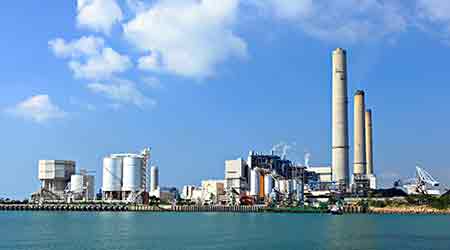Location, Consultant, Modeling Can Help Customers Prepare for Utility Price Impacts
Last of a 4-part article on utility costs and what drives them
Depending on location, the magnitude and timing of utility price impacts has varied. Greater dependence on natural gas, for example, is already occurring in most northeastern states, where gas pipeline capacity is challenged during cold weather. Heavily coal-dependent states in the South and Midwest will likely see changes as coal-fired plants are retired or replaced with gas-fired units. In states like Texas, where natural gas wells are nearby and supply is abundant, some price impacts may be muted. Discussion with one’s utility account rep, power supplier, or an experienced energy consultant should aid understanding of how rates are presently structured, e.g., percent of a bill resulting from peak demand. In areas already affected, peak demand charges account for 50 percent of annual electric bills.
Such insights will inform choices for energy efficiency options and new energy-consuming equipment. Savvy customers are focusing on limiting or reducing their peak demand and on-peak consumption through options such as high-efficiency lighting and its controls, thermal storage, and non-electric chillers. Many are participating in demand response programs that pay customers to cut load during high cost times.
If considering installation of on-site power, or buying fixed priced power from an on-site developer, a nasty surprise may be avoided by modeling the net result to ensure that peak demand (as well as consumption) will indeed be reduced as much as claimed. One apartment complex made that assumption without understanding how it paid for peak demand: actual dollar savings were only half of what was projected.
Before experimenting with voluntary TOU or RTP rates, start collecting a year of 15-minute interval data so the potential impact of such rates may be modeled. While some facilities may benefit from taking such rates, others will not.
The end results will help shield your facility from impacts of price volatility while controlling future electric costs.
Lindsay Audin is president of EnergyWiz, an energy consulting firm based in Croton, N.Y. He is a contributing editor for Building Operating Management.
Related Topics:















